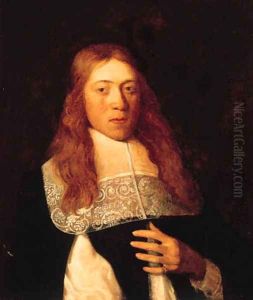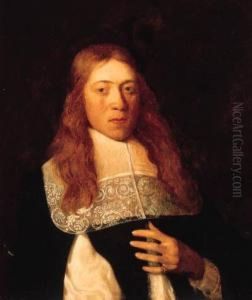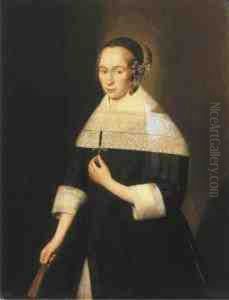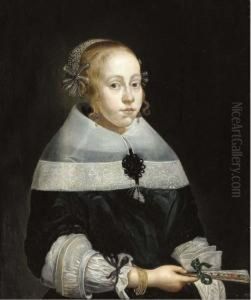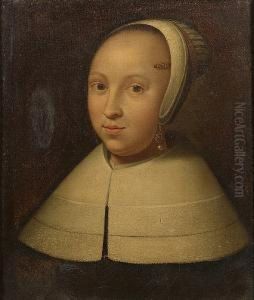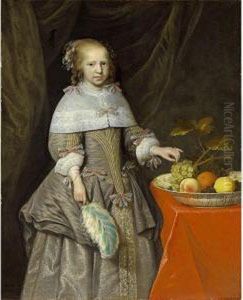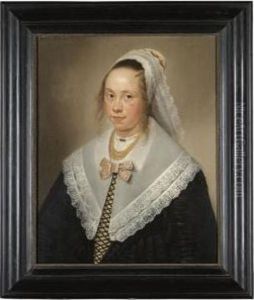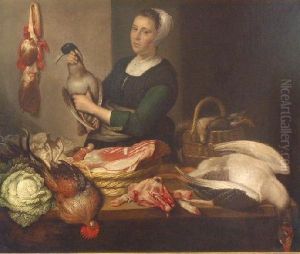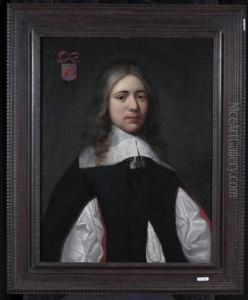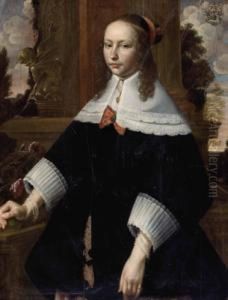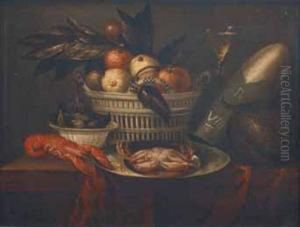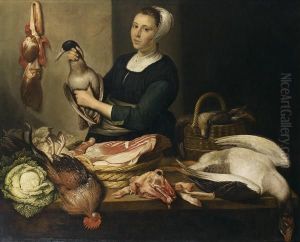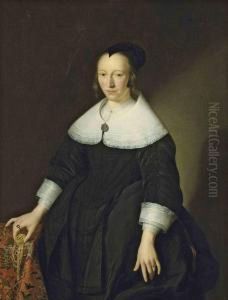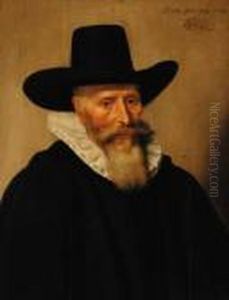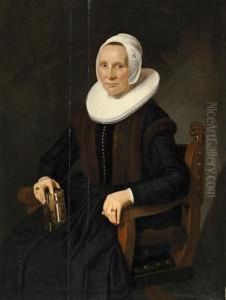Jan Albertz. Rotius Paintings
Jan Albertsz. Rotius, born in 1624 in Medemblik, the Netherlands, was a Dutch Golden Age painter renowned for his portraiture and still lifes. His work epitomizes the rich detail and high degree of realism characteristic of 17th-century Dutch art. Despite the scarcity of biographical details, Rotius' oeuvre provides insight into his artistic journey and the society in which he lived.
Rotius began his artistic training in his hometown but soon moved to Haarlem, a city known for its vibrant artistic community, to further his studies. There, he was influenced by prominent painters of the time, which helped hone his skill in capturing the subtleties of human expression and the textures of fabrics and materials in his work.
Throughout his career, Rotius received commissions from the elite of Dutch society. His portraits were highly sought after for their elegance and attention to detail. He had the ability to depict his subjects with a sense of dignity and grace, making his work popular among the wealthy merchants and aristocrats of the era. Beyond portraiture, Rotius also excelled in still life painting, a genre that was immensely popular in the Netherlands during the 17th century. His still lifes often featured objects of luxury and symbols of mortality, reflecting the contemporary fascination with vanitas themes.
Rotius' contribution to Dutch art was significant, yet his life was relatively short. He died in 1666 in Hoorn, leaving behind a legacy that would influence future generations of painters. His work is preserved in various museums and collections, showcasing his mastery of light, shadow, and texture.
Despite the passage of centuries, Jan Albertsz. Rotius remains a respected figure in the history of Dutch art. His ability to capture the essence of his subjects and his meticulous attention to detail continue to fascinate art lovers and historians alike.
